Communication Styles Worksheet for Teenagers
Communication is an essential skill for teenagers to develop and master as they navigate through the challenges of adolescence and begin to interact with a wider world. To assist teenagers in understanding and improving their communication styles, we have created a comprehensive worksheet focused on various aspects of effective communication. By using this worksheet, teenagers will gain insight into their personal communication style and learn strategies to enhance their ability to communicate effectively with others.
Table of Images 👆
More Other Worksheets
Kindergarten Worksheet My RoomSpanish Verb Worksheets
Cooking Vocabulary Worksheet
DNA Code Worksheet
Meiosis Worksheet Answer Key
Art Handouts and Worksheets
7 Elements of Art Worksheets
All Amendment Worksheet
Symmetry Art Worksheets
Daily Meal Planning Worksheet
What is assertive communication?
Assertive communication is a style of expressing one's thoughts, feelings, and needs in a direct and honest manner, while also respecting the rights of others. It involves confidently stating one's position without being aggressive or disrespectful, setting boundaries, and standing up for oneself in a calm and respectful way. Assertive communication aims to promote open and honest dialogue, build healthier relationships, and create a conducive environment for mutual understanding and problem-solving.
What is passive communication?
Passive communication is a style in which individuals avoid expressing their thoughts, feelings, and needs, often leading to an inability to stand up for themselves or assert boundaries. This can result in a lack of self-confidence, a fear of confrontation, and difficulties in effectively communicating with others or addressing conflicts.
What is aggressive communication?
Aggressive communication is a style of communication that involves being forceful, rude, hostile, controlling, or pushy towards others. It often involves attacking or blaming others, making threats, using sarcasm, or raising one's voice to intimidate or dominate in a conversation. This type of communication can lead to conflicts, breakdowns in relationships, and a lack of effective communication and understanding between individuals.
How does active listening contribute to effective communication?
Active listening involves fully concentrating, understanding, responding, and remembering what the speaker is saying without interruption or distraction. This contributes to effective communication by fostering trust, empathy, and mutual respect, which are essential for building strong relationships. Active listening allows the listener to better comprehend and internalize the message being delivered, leading to more meaningful and productive exchanges. It also helps to clarify any potential misunderstandings or misinterpretations, ensuring that both parties are on the same page and promoting clearer communication overall.
What are some nonverbal cues that can enhance communication?
Nonverbal cues that can enhance communication include maintaining eye contact to show attentiveness and interest, using facial expressions to convey emotions and reactions, employing gestures to emphasize points or illustrate information, mirroring body language to establish rapport and connection, and regulating voice tone and volume to convey meaning and confidence. Overall, paying attention to these nonverbal cues can help to strengthen the message being conveyed and create a more effective and engaging communication experience.
What are some common barriers to effective communication?
Some common barriers to effective communication include physical barriers, such as noise or distance, emotional barriers like stress or anger, cultural barriers due to differences in language or customs, and perceptual barriers stemming from differences in perspective or understanding. In addition, technological barriers can hinder communication, as well as lack of clarity in messages, ineffective listening skills, and distractions. Emotional intelligence, active listening, and clarity in the message can help overcome these barriers for more successful communication.
How does empathy play a role in communication?
Empathy plays a crucial role in communication by allowing individuals to better understand and connect with others on an emotional level. By showing empathy, people can relate to the feelings and perspectives of those they are communicating with, leading to more effective, authentic, and compassionate interactions. Empathy helps foster trust, respect, and mutual understanding in conversations, ultimately improving the quality of communication and relationships.
What are some strategies for resolving conflicts through effective communication?
Some strategies for resolving conflicts through effective communication include active listening to understand the other person's perspective, using "I" statements to express feelings without blaming, practicing empathy to see things from their point of view, and engaging in open and honest dialogue to find common ground and potential solutions. Additionally, maintaining a calm and respectful tone, being willing to compromise, and seeking to collaborate towards a resolution are key components of effective communication in conflict resolution.
How can teenagers adapt their communication style to different situations or individuals?
Teenagers can adapt their communication style to different situations or individuals by first being mindful of the context and the person they are interacting with. They can adjust their tone, choice of words, and body language to match the situation and the individual's communication preferences. It is important for teenagers to actively listen, be aware of nonverbal cues, and empathize with the other person's perspective to effectively communicate in diverse situations. Additionally, practicing good communication skills, such as being clear, concise, and respectful, can help teenagers navigate various interactions successfully.
What are the benefits of clear and concise communication?
Clear and concise communication helps avoid misunderstandings, ensures information is easily understood, and saves time for both the sender and receiver. It increases clarity, efficiency, and effectiveness in conveying messages, leading to improved productivity, better decision-making, and stronger relationships. By being clear and concise, individuals can convey their ideas and instructions more effectively, creating a positive impact on their personal and professional interactions.
Have something to share?
Who is Worksheeto?
At Worksheeto, we are committed to delivering an extensive and varied portfolio of superior quality worksheets, designed to address the educational demands of students, educators, and parents.

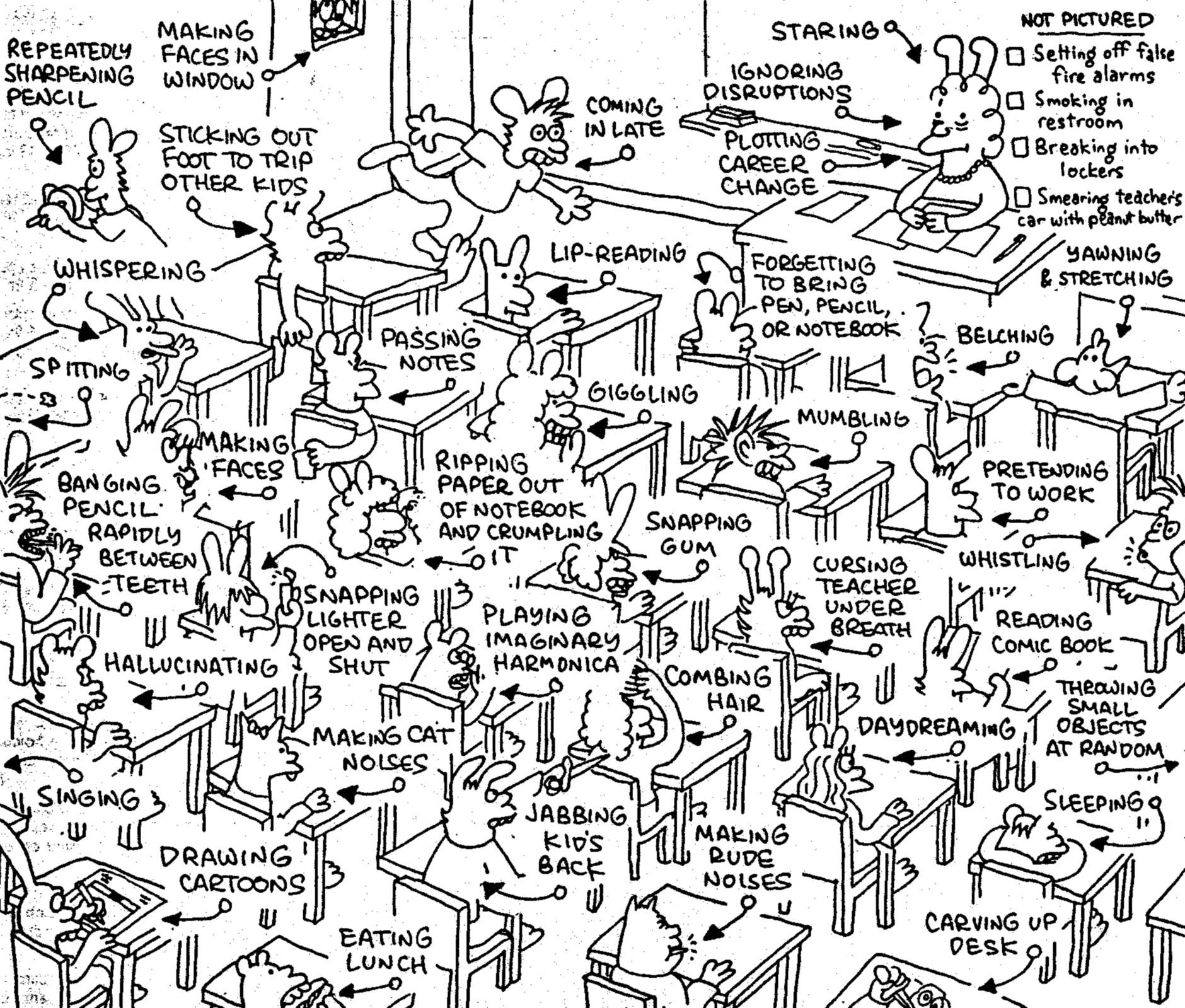



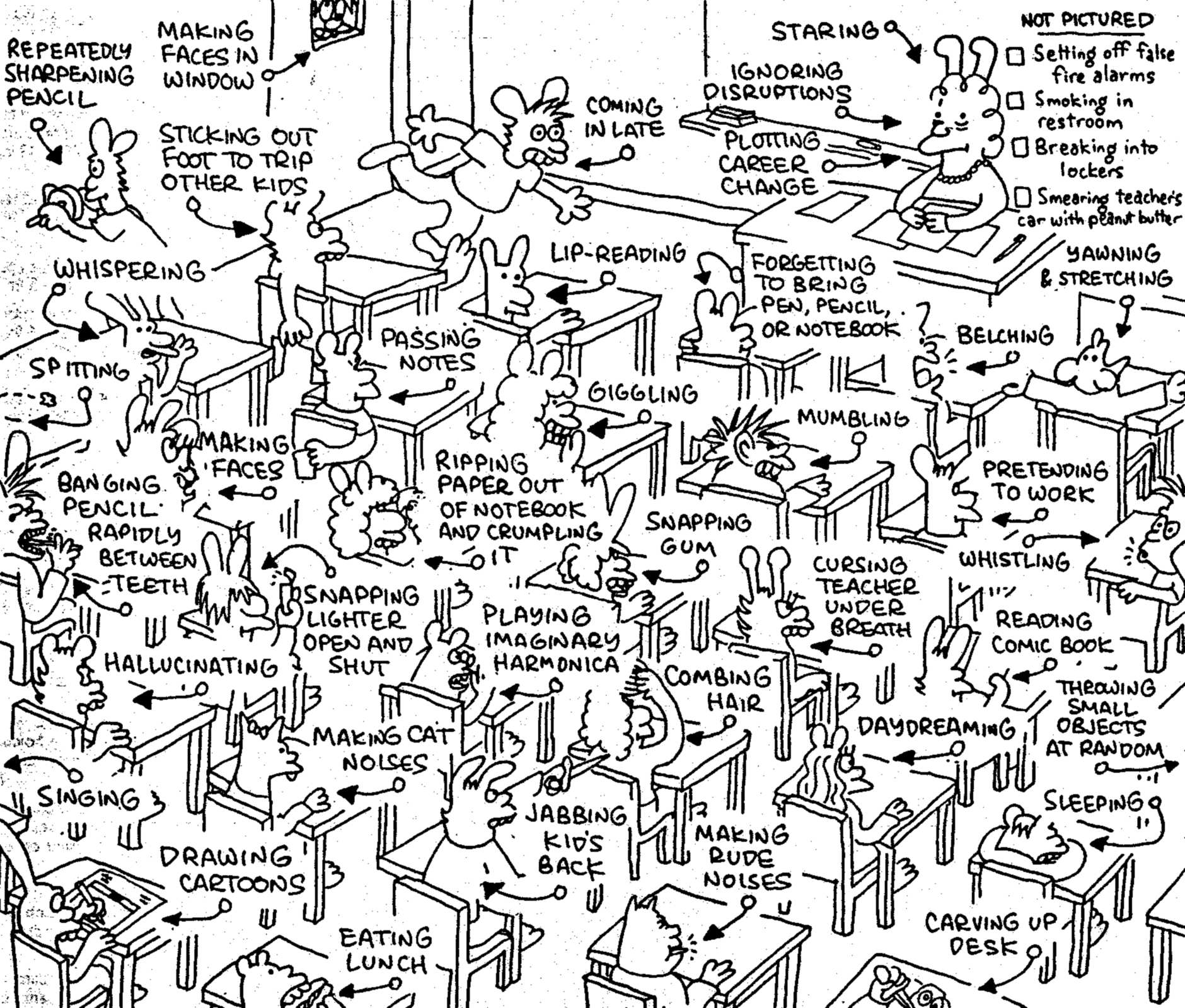
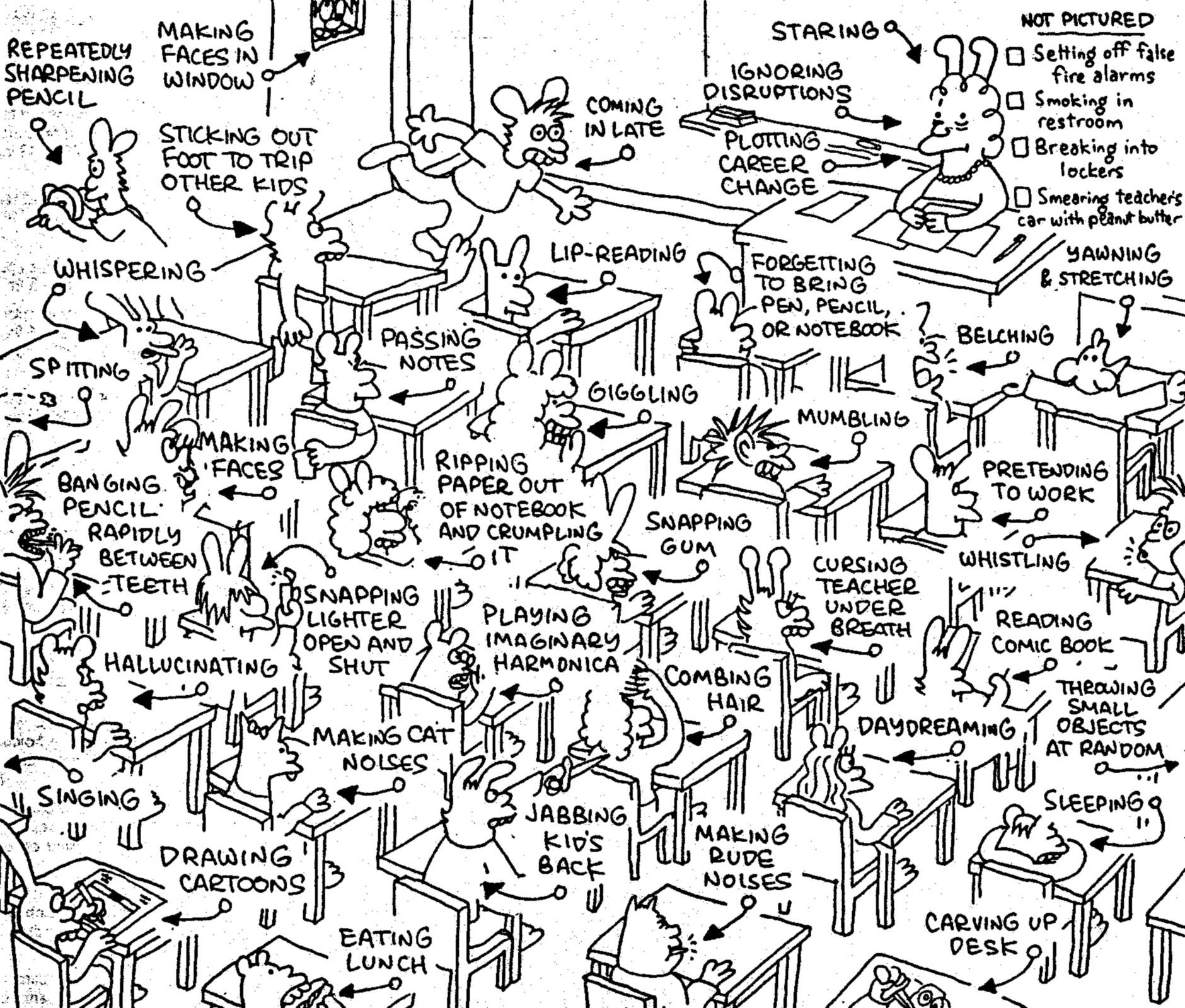
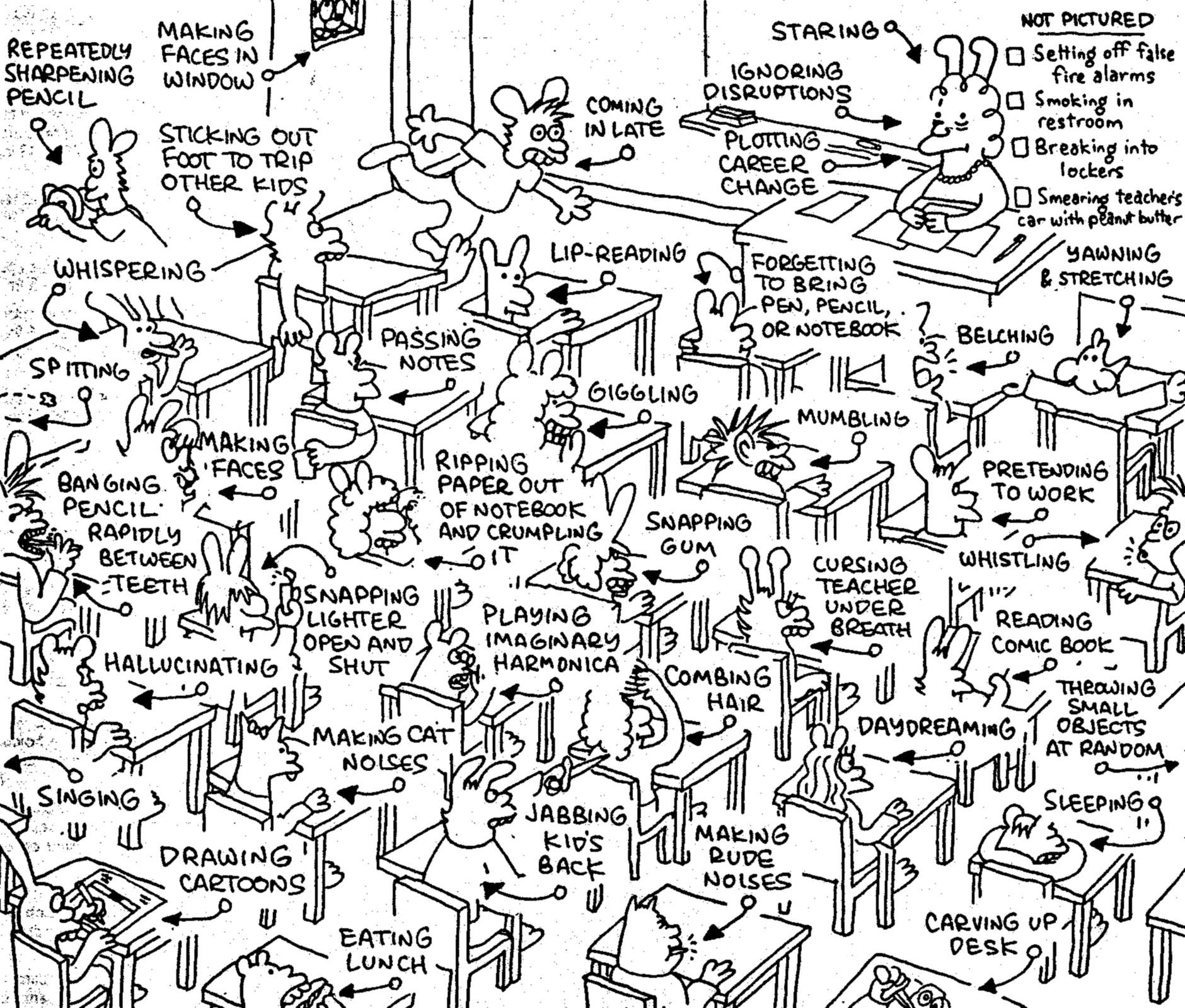
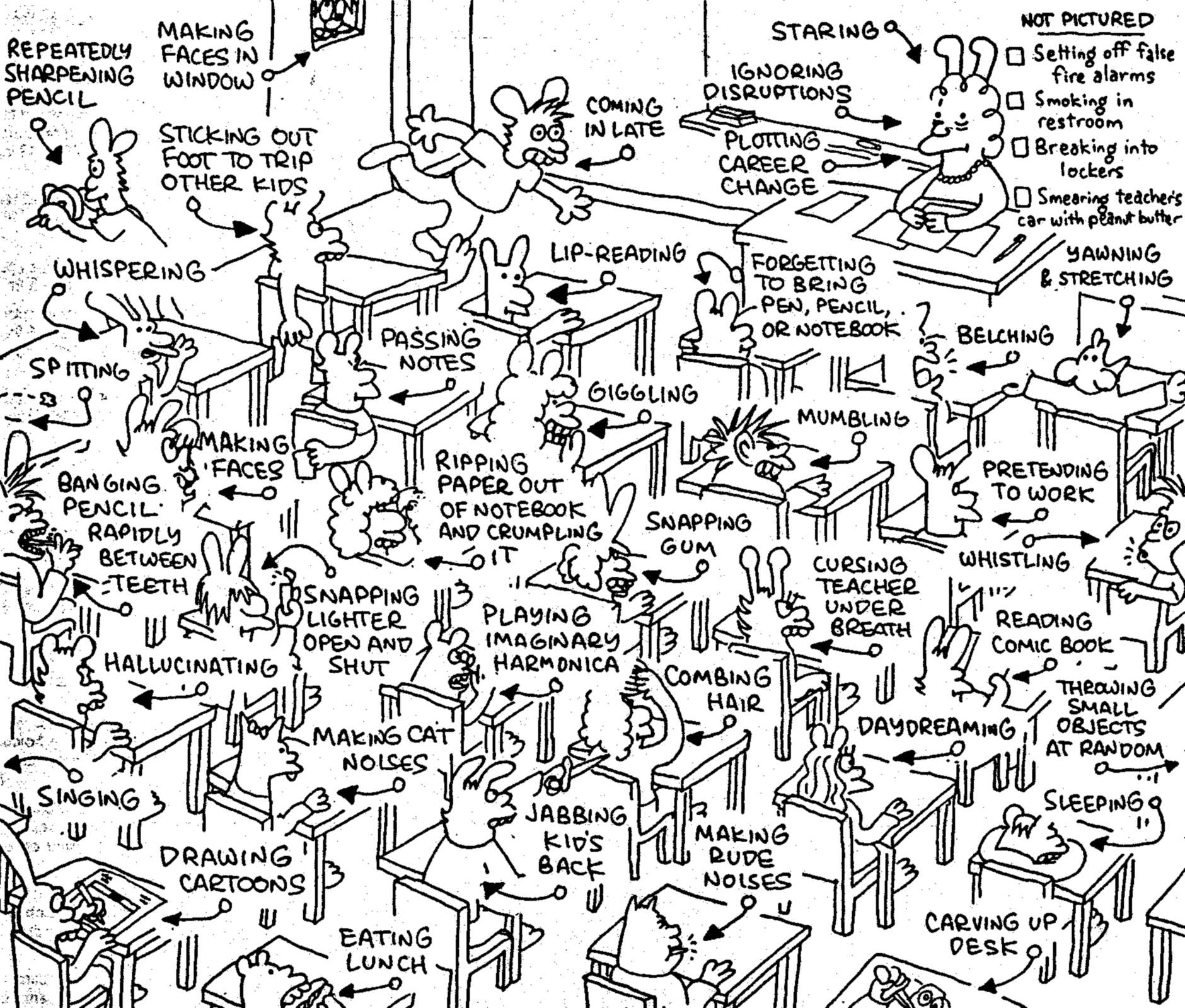
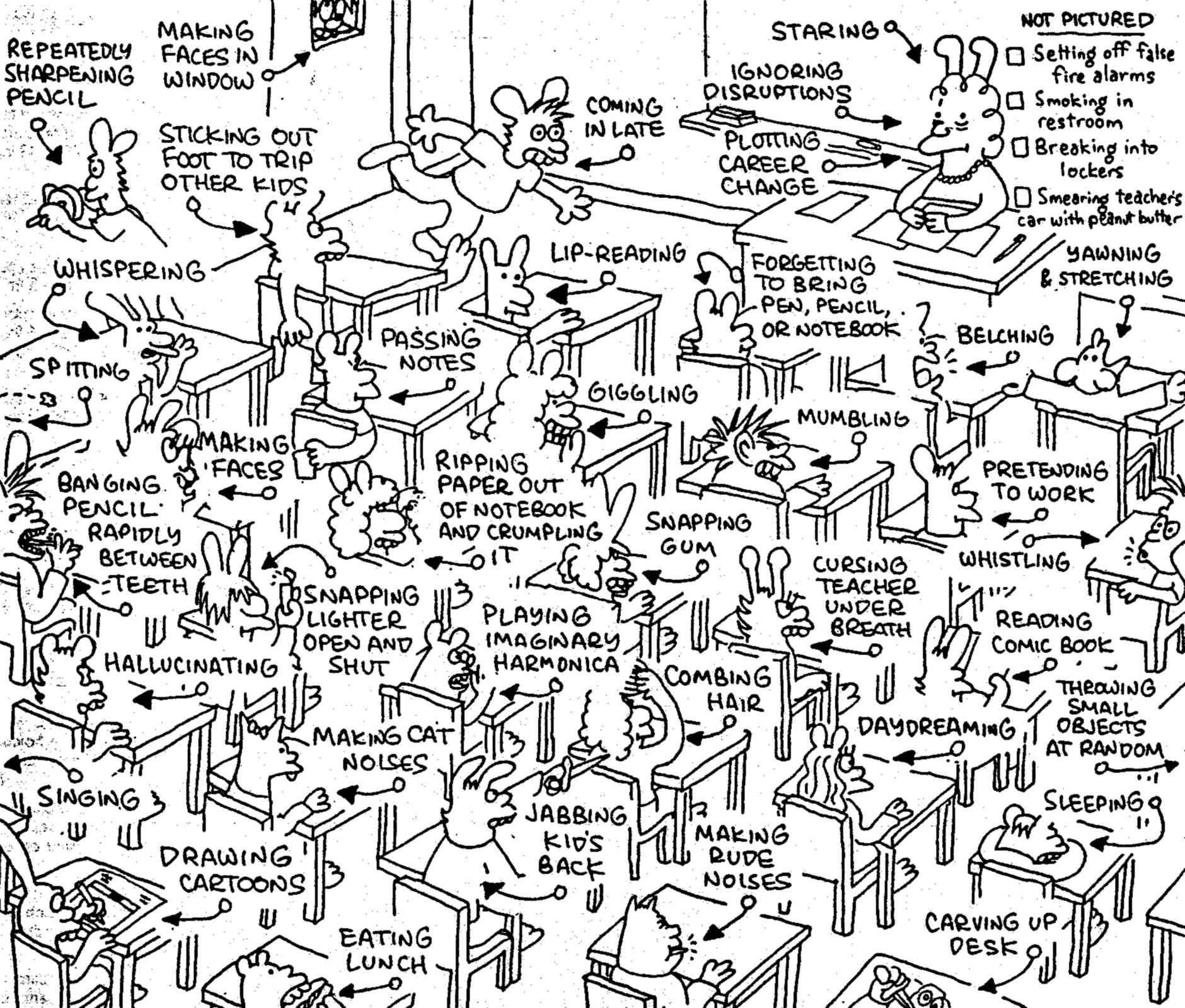
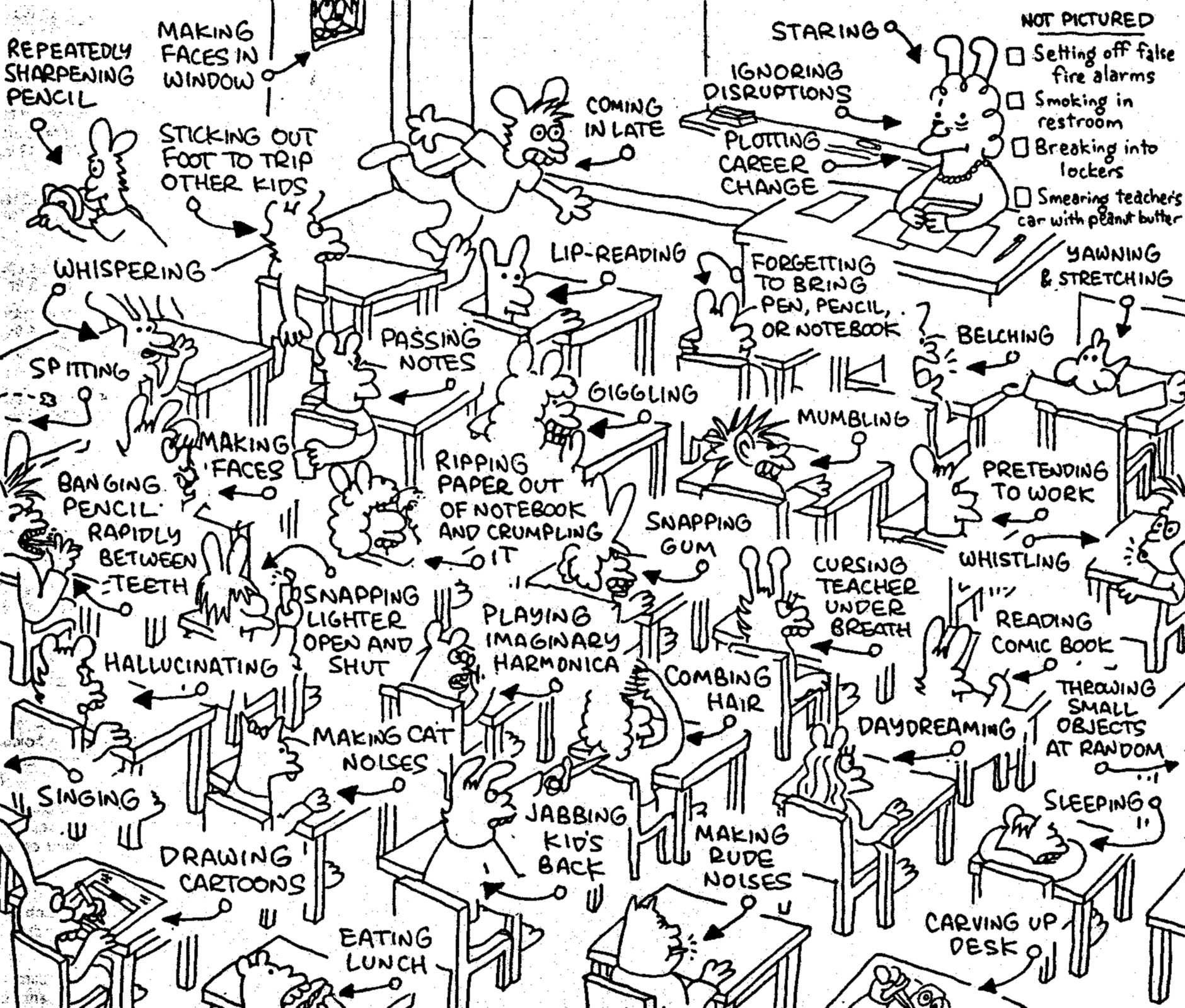
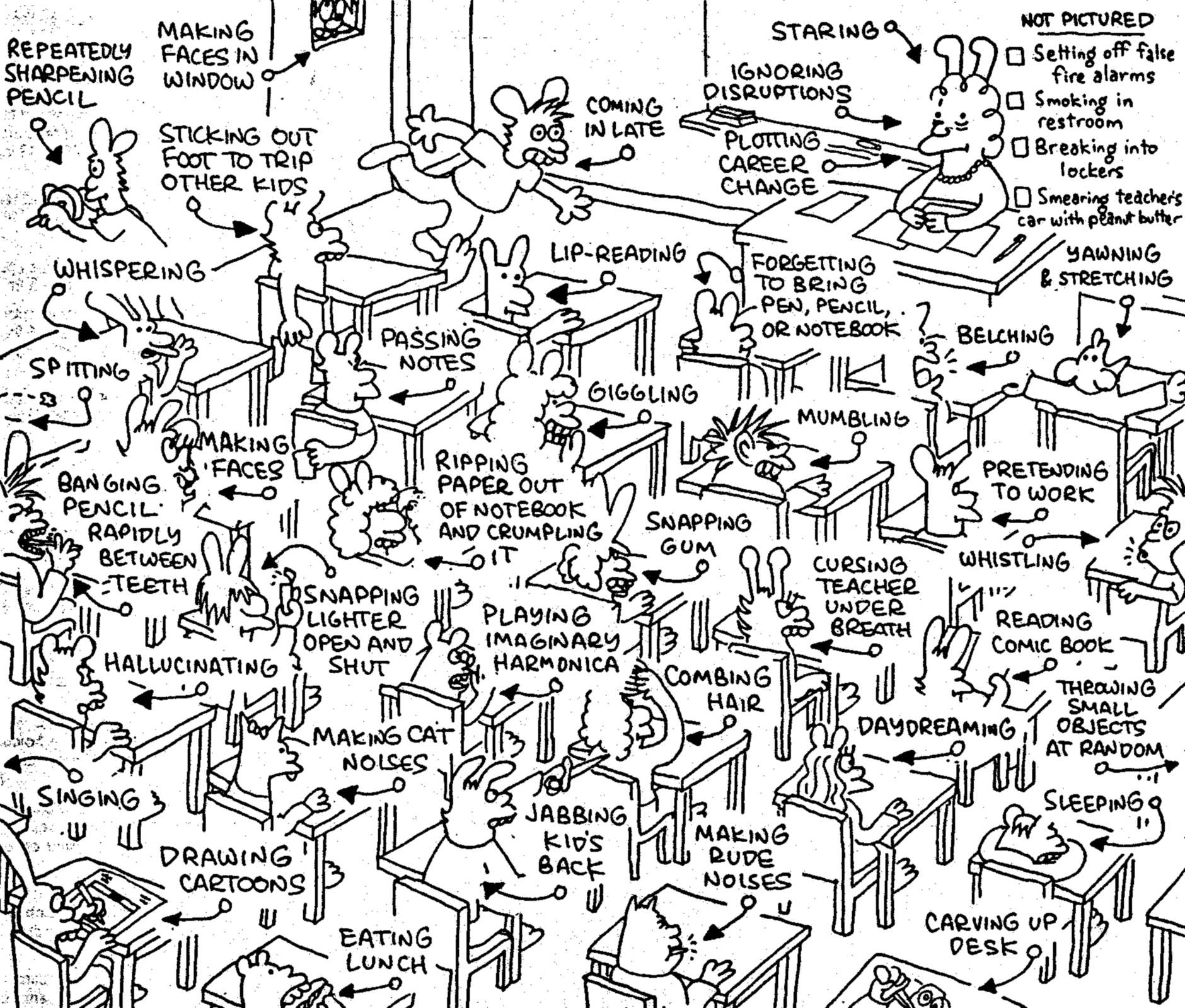
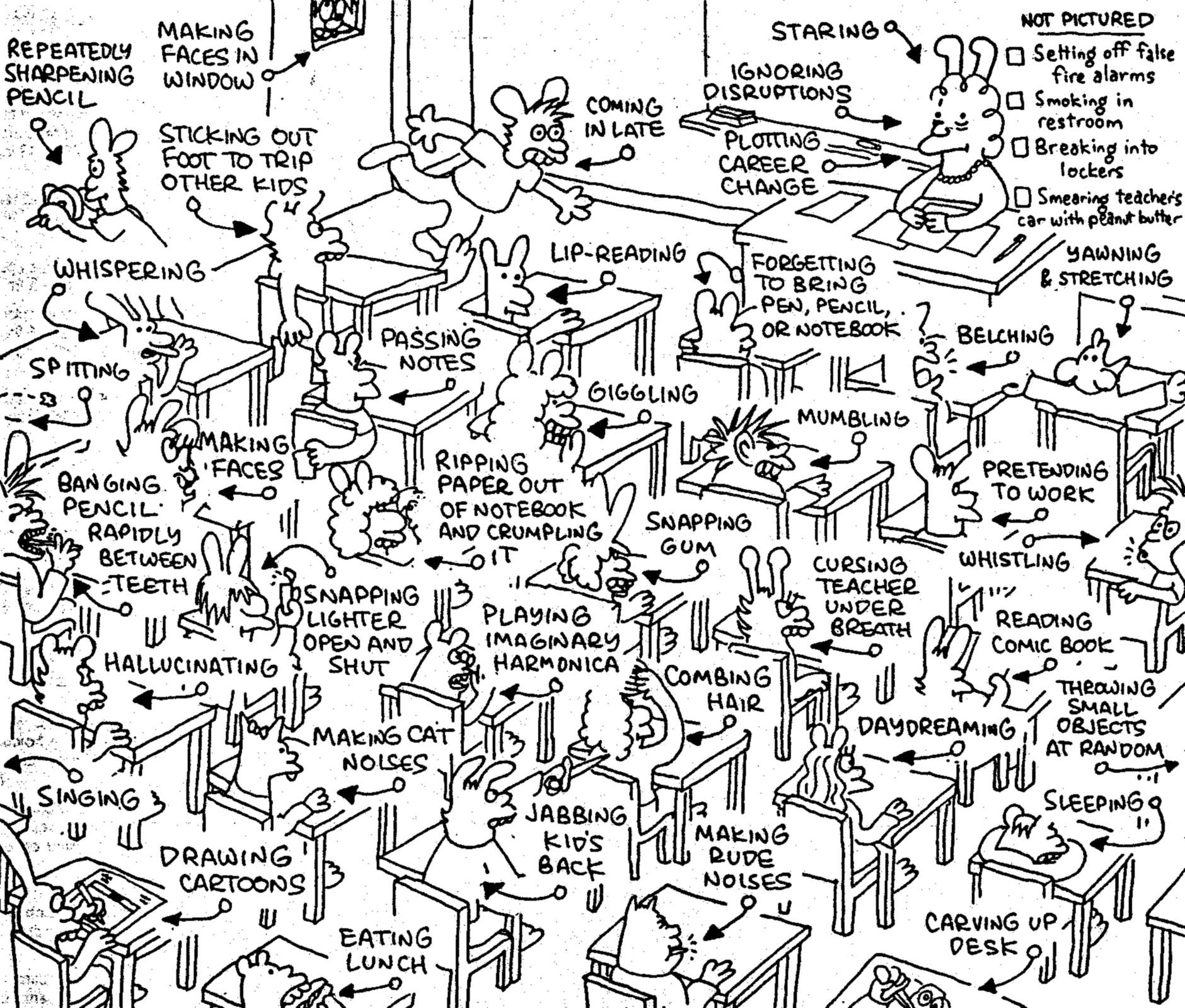
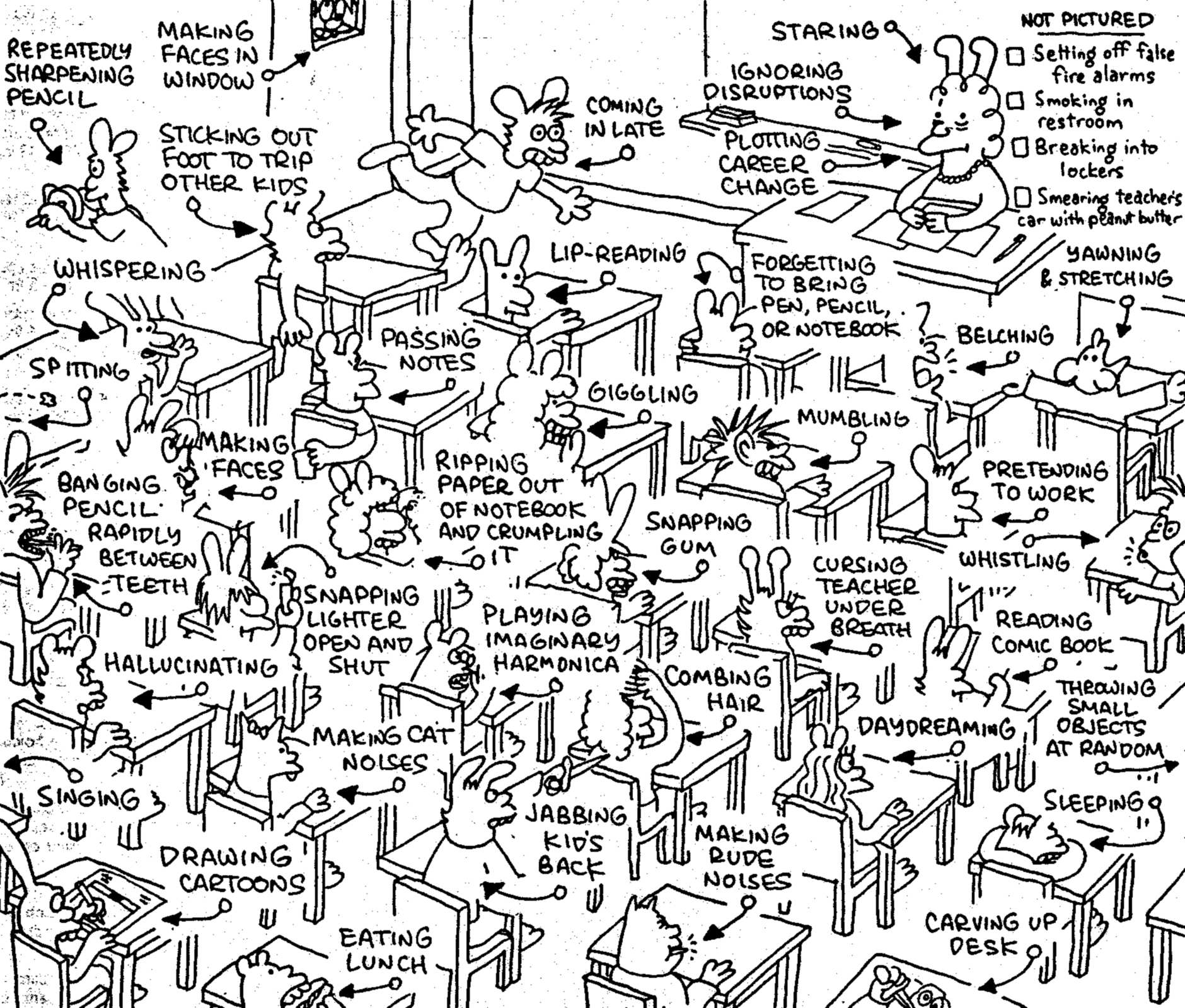
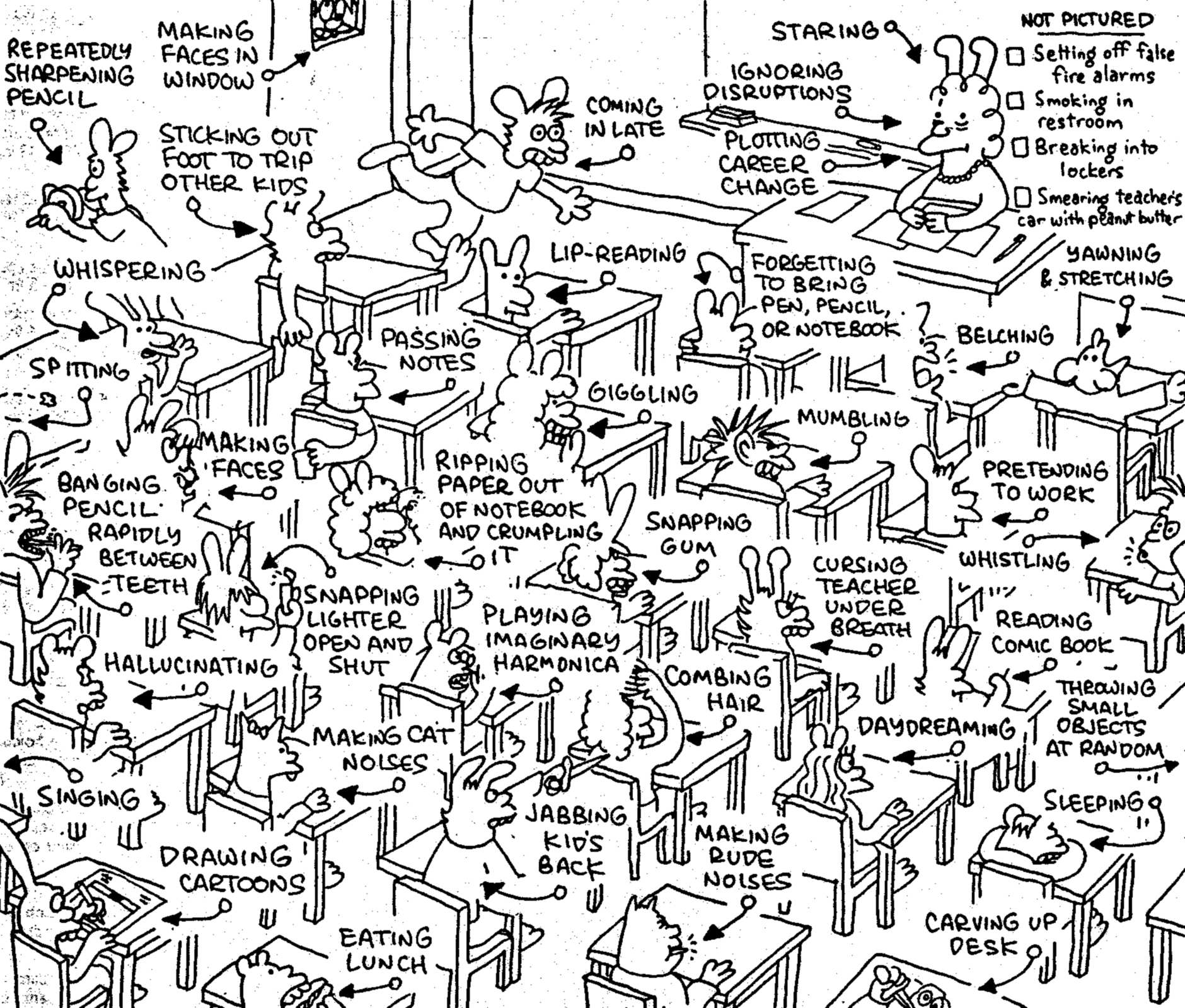
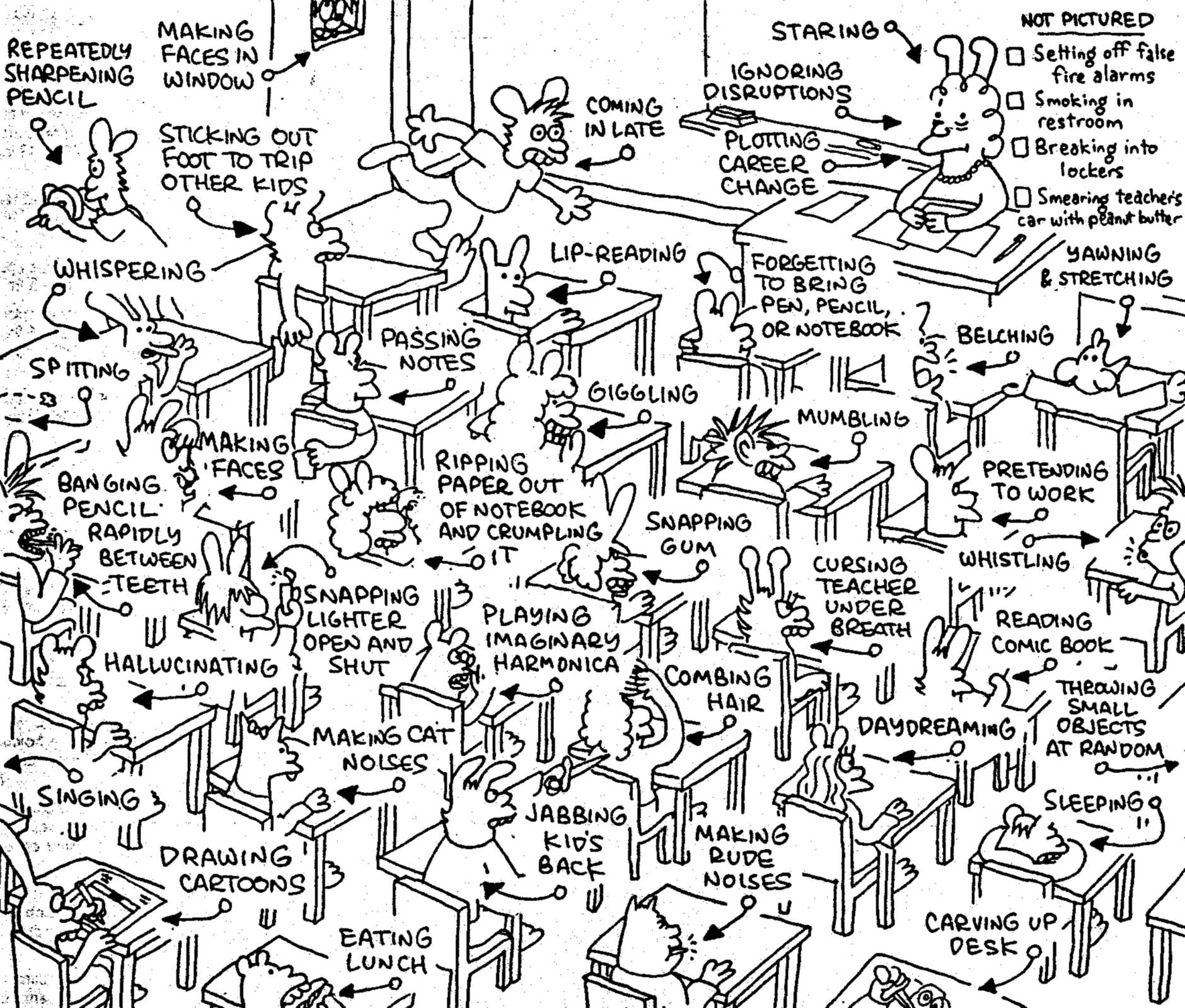
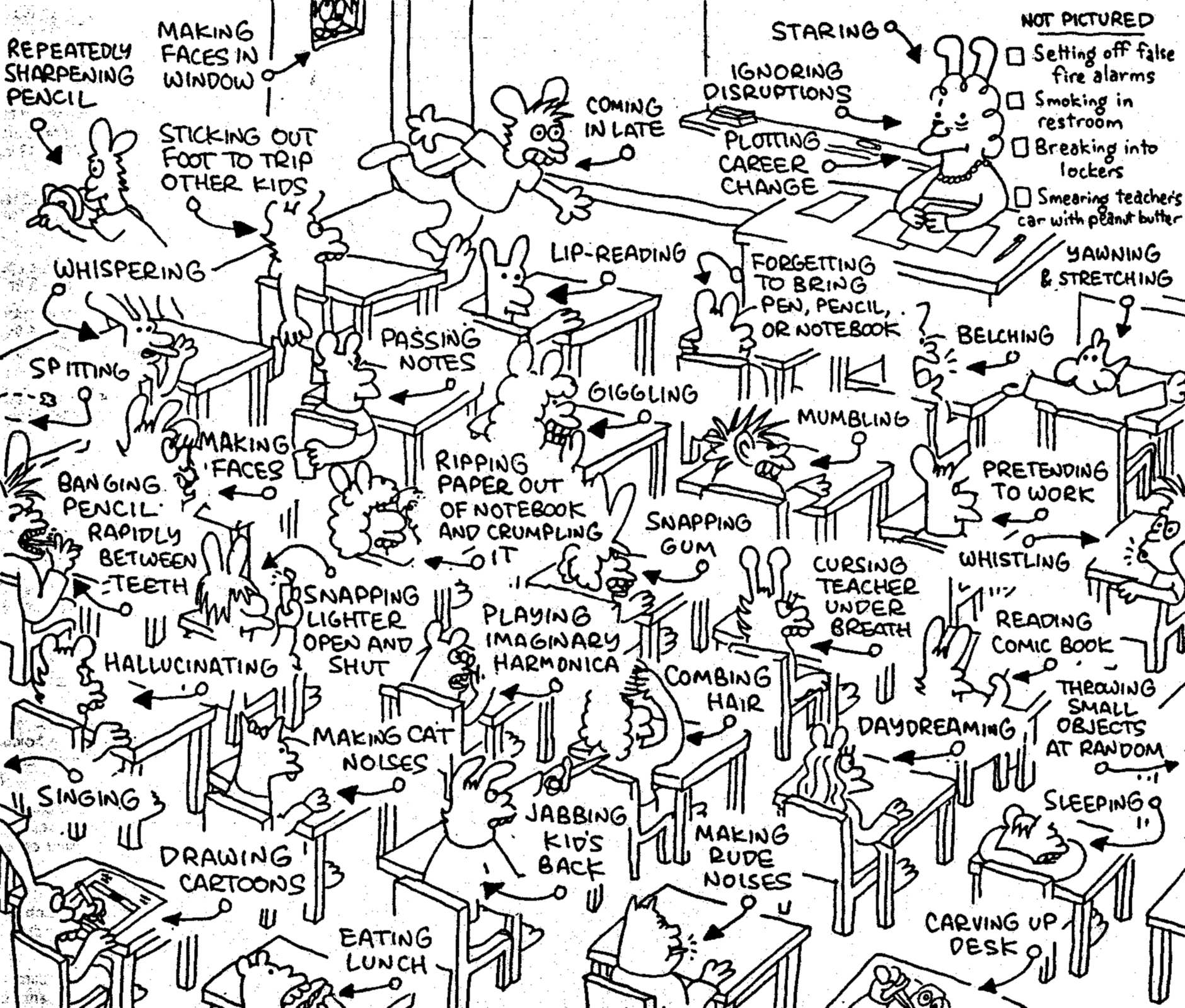
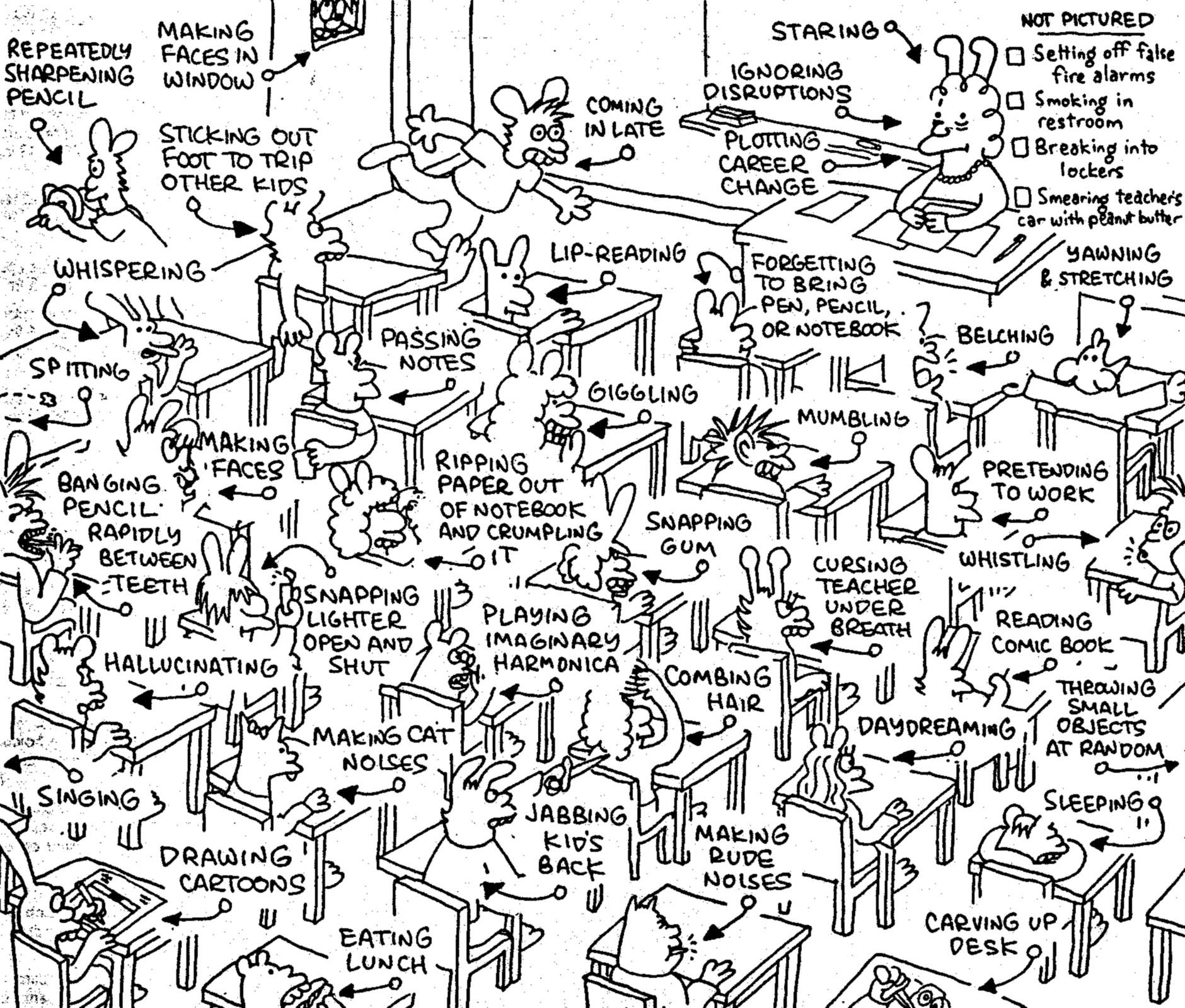
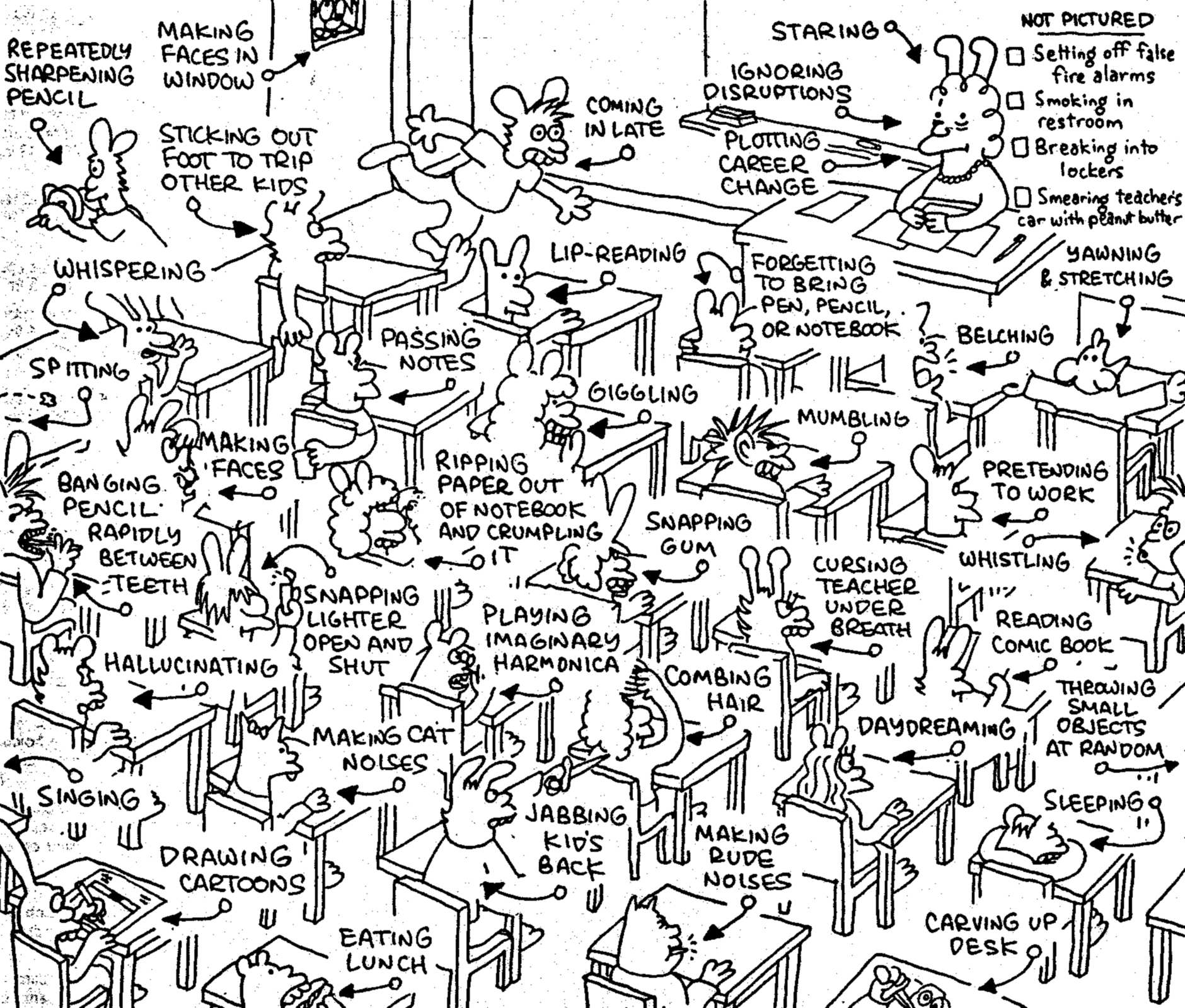
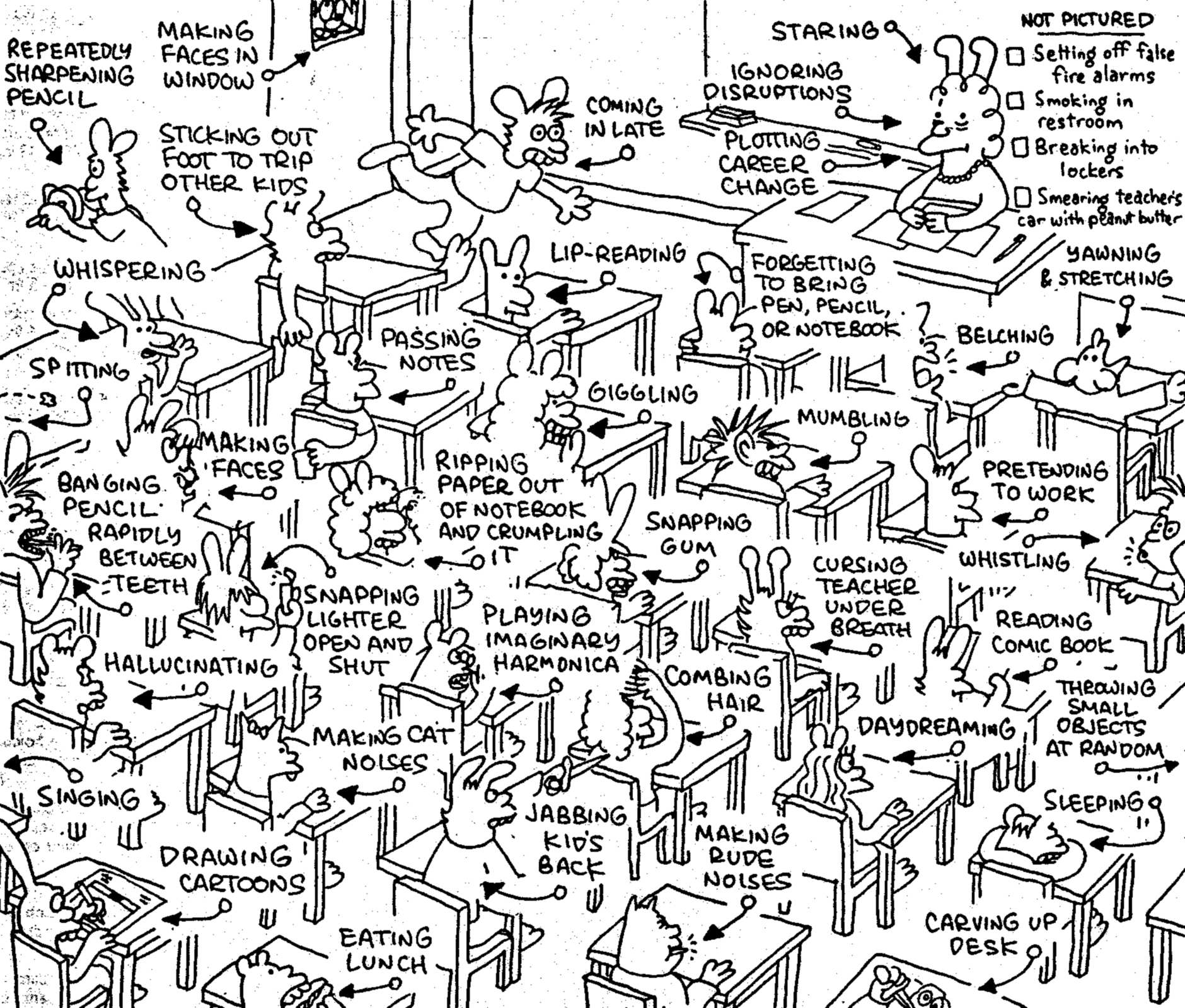
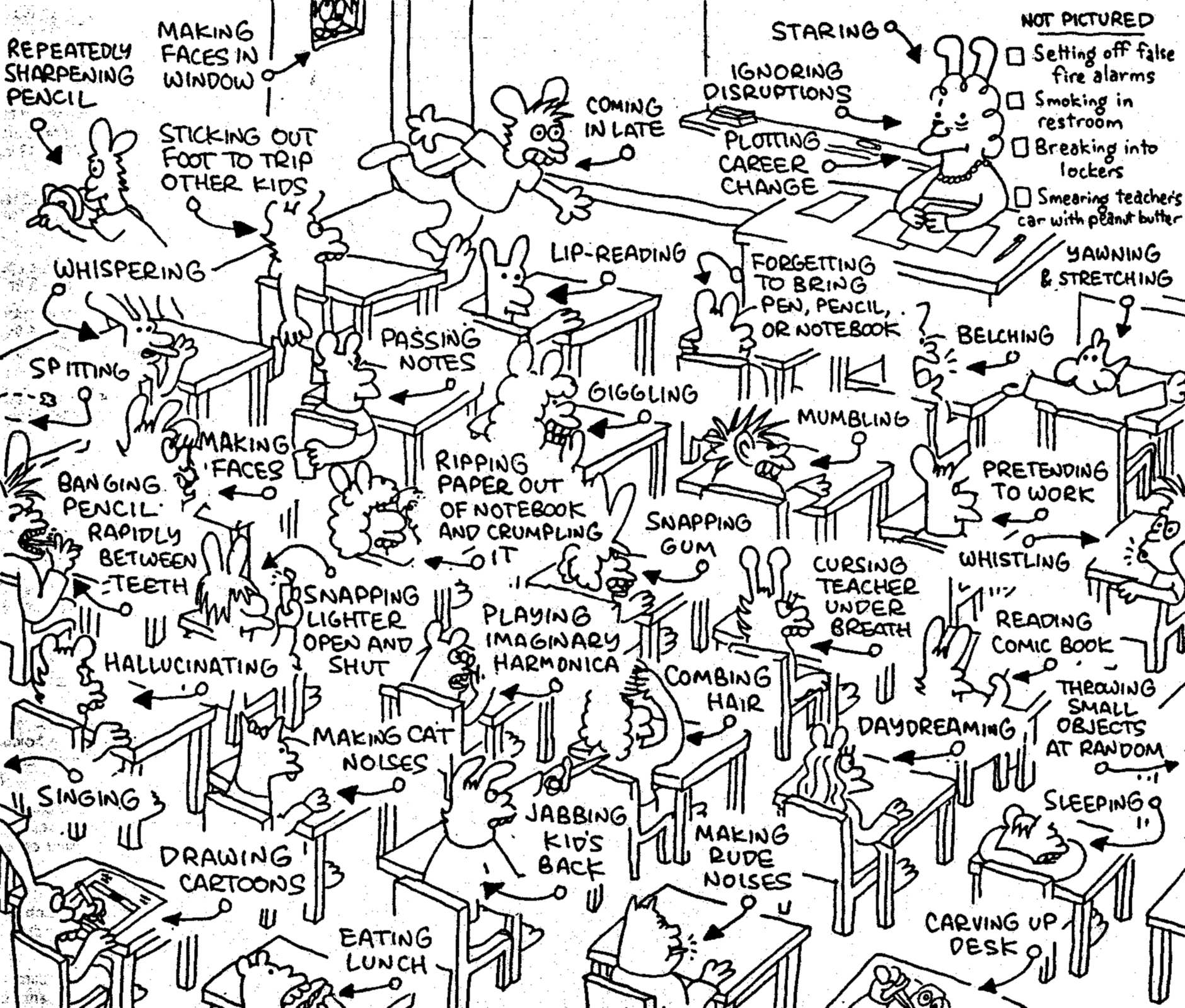
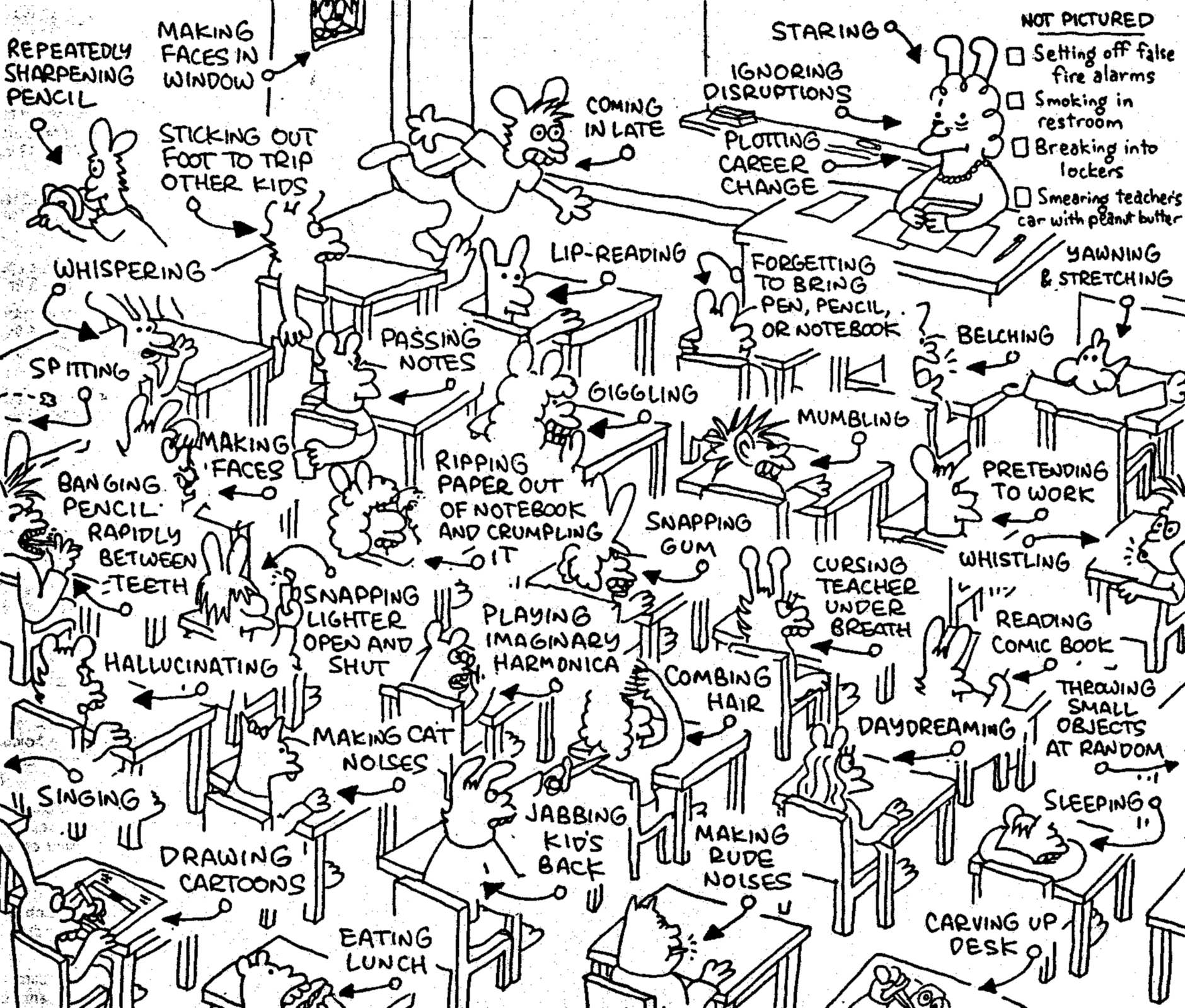
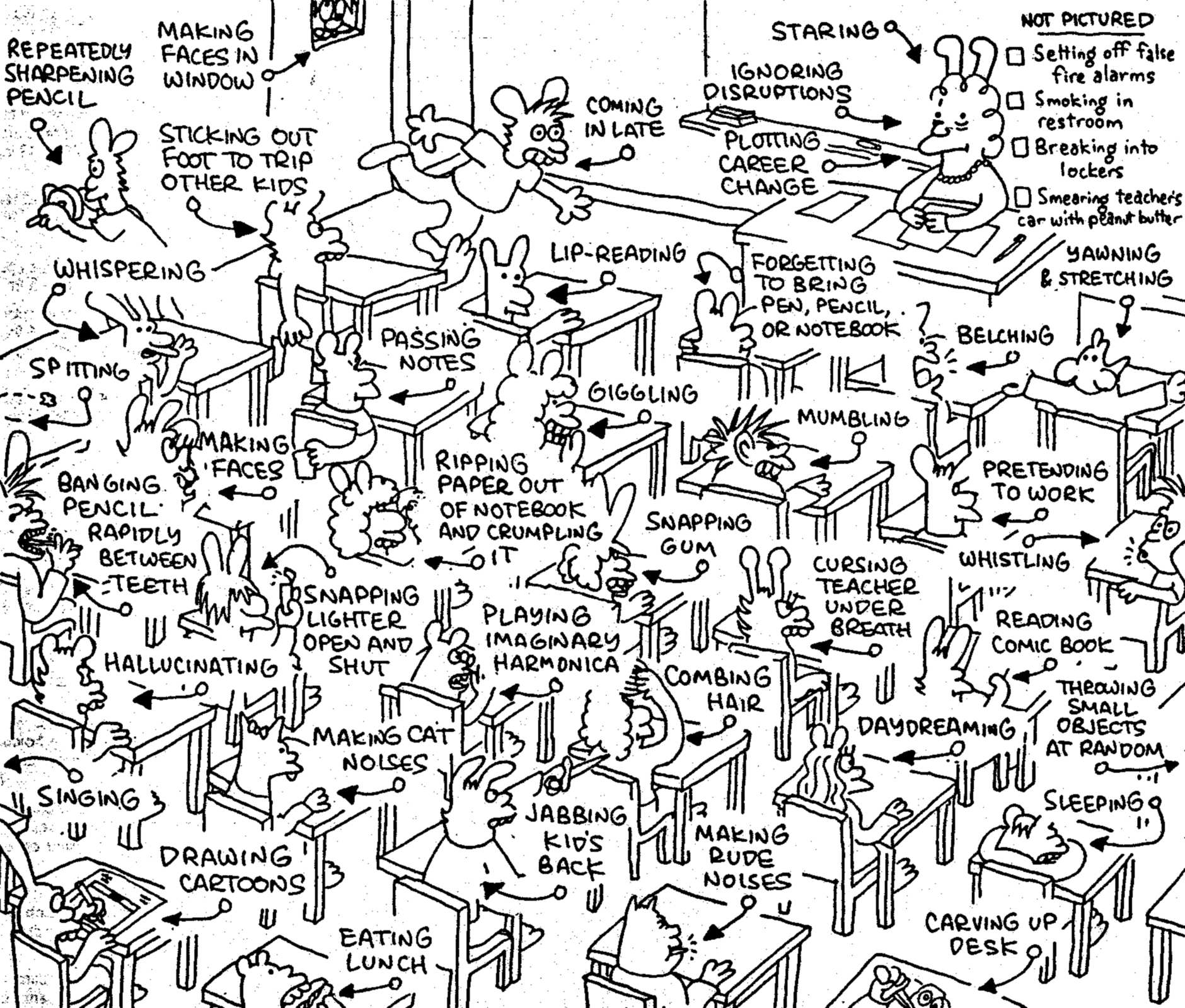














Comments